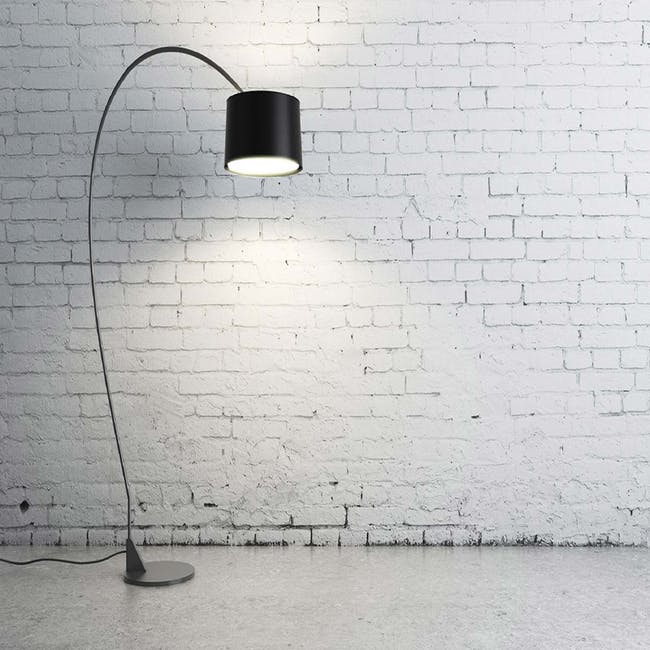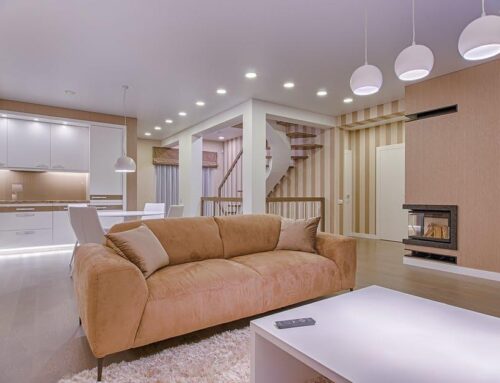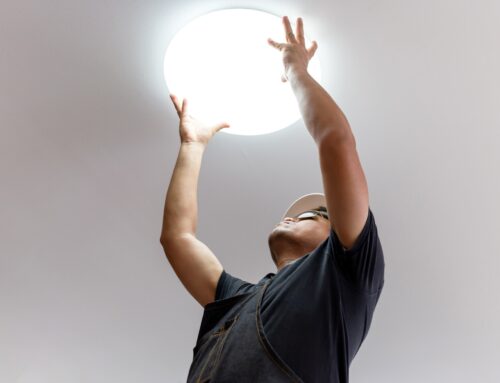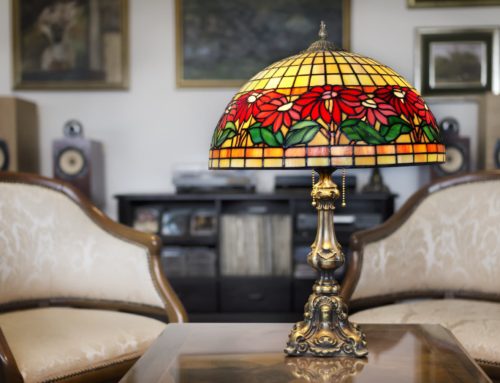Faulty light fixtures are the second most common cause of electrical fires. Flickering lights aren’t just an annoying inconvenience that can give you headaches – they are a fire hazard.
But don’t panic! It’s pretty easy to solve this problem, you just need to know what to look for.
Keep reading for four of the most common causes of flickering lights, and what you can do to fix them.
1. Mismatched Bulbs and Switches
Sometimes fixing flickering lights is as simple as swapping out the bulbs or switches.
More people are switching to LEDs, which use less power and are cheaper than regular light bulbs, while still casting just as much light. If you are one of these people, but you have them connect to a dimmer switch, you’re going to run into some problems.
Dimmer switches are designed for higher electrical loads than what LEDs require. This leads to the LEDs being overloaded, making them flicker. Switching out your dimmer switches for regular on-off switches will solve this problem.
2. Loose Wiring
It’s normal for wires to come loose over time. The wires get jostled every time the bulb or fixture is changed, and if the lights are in the ceiling, gravity can play a role too.
When the wires are loose, the electricity does not always have as direct a line to the bulb. This disrupted electricity flow is what makes the bulb flicker.
You can fix this problem by reconnecting the wires and securing the connection.
3. Outdated Wiring
Flickering house lights in older homes are often the result of outdated wiring. Electronics are usually updated more often than the wiring of the house. While this isn’t always a problem, eventually the difference is noticeable.
There are two reasons outdated wiring might become a problem and lead to your lights flickering. The first is that the wiring is old and frayed, so electricity can’t travel through the circuit properly. The second is that old wiring isn’t designed for the voltage of the light bulbs you have plugged in, which impacts how well the lights shine.
Replacing wiring is a bit more challenging, especially if you have to do it throughout your house. If this is what you need, it might be best to hire a professional.
4. Overloaded Circuits
When you’ve got lots of appliances drawing electricity from the same outlet, it can overload the circuit. If the lights only flicker when another appliance turns on or off, this is probably your situation.
If the lights are flickering constantly, you can try plugging some of the appliances into other outlets. If you’re unable to do this, or the lights are still flickering, then you might need to redo your wiring setup.
Fix the Flickering Lights in Your Home
If you’ve got flickering lights, now you know why. Protect yourself and your home by taking care of any electrical problems you may have, and deal with your flickering lights today. And if you’re in any doubt about what to do, we can help you out!
Contact us today to fix your flickering lights.




